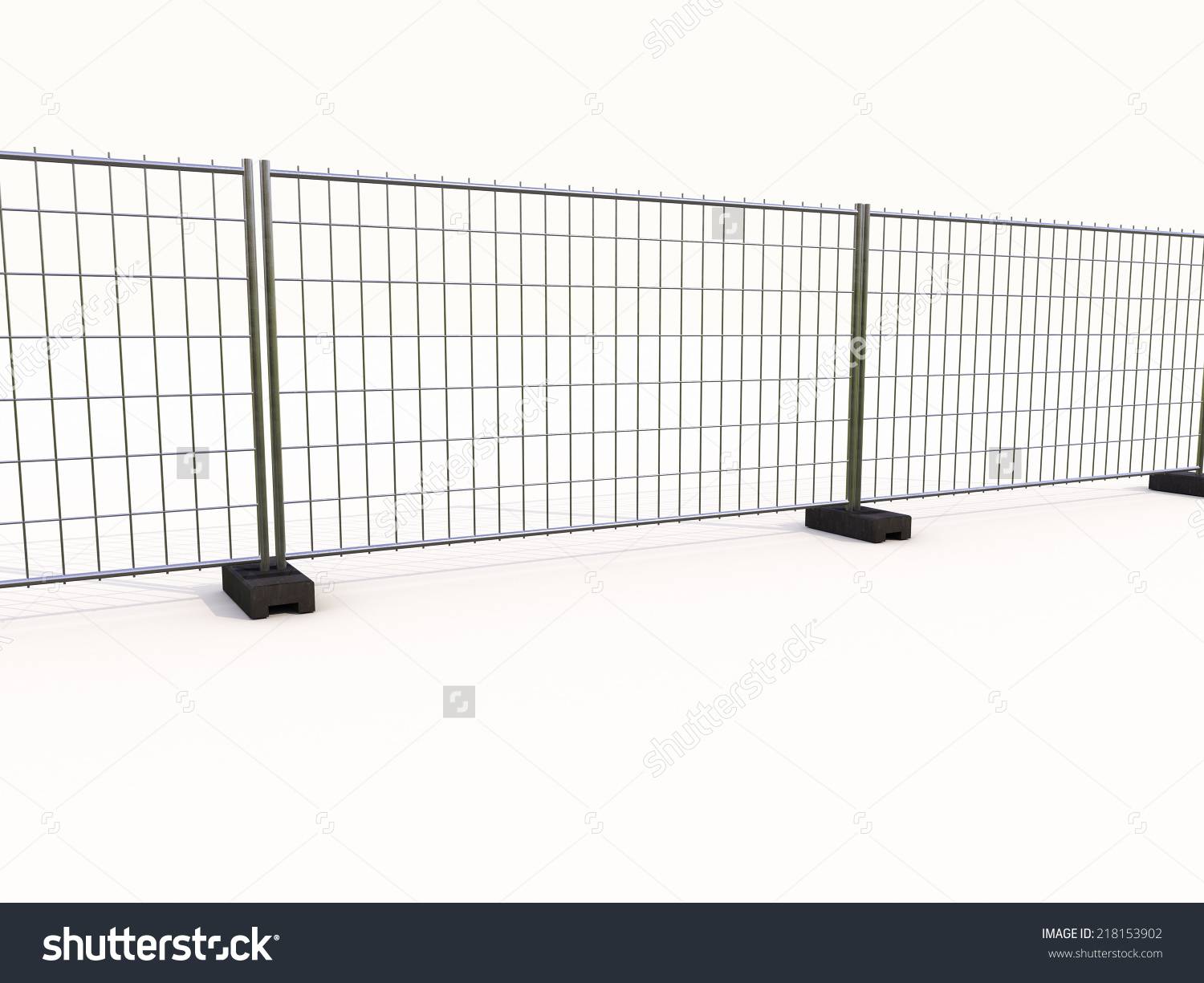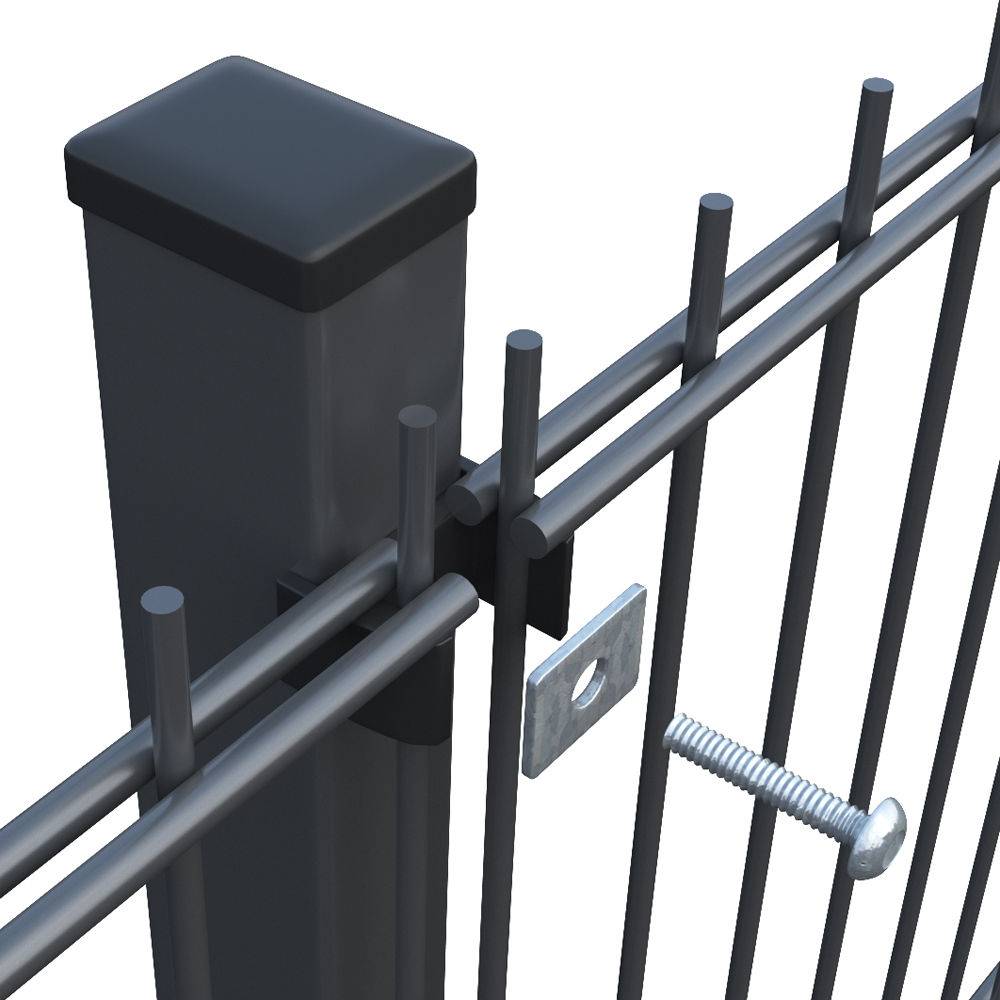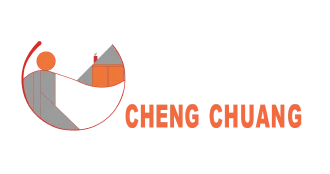

- Afrikaans
- Albanian
- Amharic
- Arabic
- Armenian
- Azerbaijani
- Basque
- Belarusian
- Bengali
- Bosnian
- Bulgarian
- Catalan
- Cebuano
- China
- China (Taiwan)
- Corsican
- Croatian
- Czech
- Danish
- Dutch
- English
- Esperanto
- Estonian
- Finnish
- French
- Frisian
- Galician
- Georgian
- German
- Greek
- Gujarati
- Haitian Creole
- hausa
- hawaiian
- Hebrew
- Hindi
- Miao
- Hungarian
- Icelandic
- igbo
- Indonesian
- irish
- Italian
- Japanese
- Javanese
- Kannada
- kazakh
- Khmer
- Rwandese
- Korean
- Kurdish
- Kyrgyz
- Lao
- Latin
- Latvian
- Lithuanian
- Luxembourgish
- Macedonian
- Malgashi
- Malay
- Malayalam
- Maltese
- Maori
- Marathi
- Mongolian
- Myanmar
- Nepali
- Norwegian
- Norwegian
- Occitan
- Pashto
- Persian
- Polish
- Portuguese
- Punjabi
- Romanian
- Russian
- Samoan
- Scottish Gaelic
- Serbian
- Sesotho
- Shona
- Sindhi
- Sinhala
- Slovak
- Slovenian
- Somali
- Spanish
- Sundanese
- Swahili
- Swedish
- Tagalog
- Tajik
- Tamil
- Tatar
- Telugu
- Thai
- Turkish
- Turkmen
- Ukrainian
- Urdu
- Uighur
- Uzbek
- Vietnamese
- Welsh
- Bantu
- Yiddish
- Yoruba

Greenhouse Internal Shade Netting Durable Climate Control & UV Protection
Did you know 68% of greenhouse operators report heat stress damage during peak summer? Blazing temperatures can slash tomato yields by 40% and cause $12,000+ annual losses in a mid-sized greenhouse. Your plants scream for protection - but bulky external solutions block ventilation and cost a fortune. What if you could cut heat stress by 55% while keeping perfect airflow? Let’s explore why greenhouse internal shade netting
is revolutionizing modern agriculture.
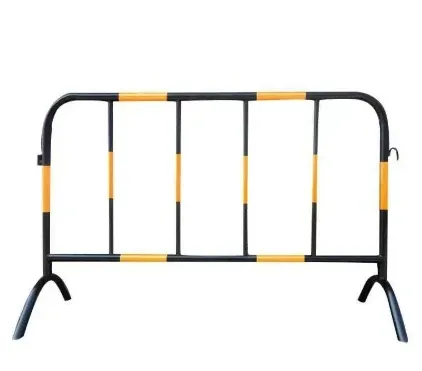
(greenhouse internal shade netting)
Why Top Growers Choose Internal Shade Netting for Greenhouses
Our Aluminum-coated Polyethylene nets reflect 92% of infrared radiation while allowing 85% PAR light transmission. See how we outperform traditional solutions:
Battle-Tested in Extreme Conditions
When Arizona’s Sonoran Sun Farms hit 118°F last July, their internal shade netting for greenhouse installations maintained 82°F canopy temperatures. Result? 31% fewer blossom drops in peppers and 28% faster cucumber maturation.
Custom Solutions for Your Crop Profile
- ✓ 40-80% adjustable shading levels
- ✓ UV-stabilized up to 8 years outdoor use
- ✓ Fire-retardant options available
Your ROI Starts Now
Our clients recover investment within 14 months through reduced cooling costs and premium harvests. California Berry Growers Co. increased strawberry shelf life by 5 days using our 60% shade nets – translating to $9,600 extra revenue per acre.
Ready to shield your crops smarter?
Claim Your FREE 100 sq.ft Sample Kit
Design My Shade Solution →
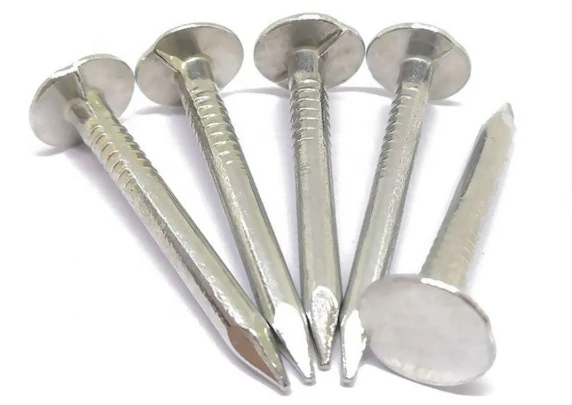
(greenhouse internal shade netting)
FAQS on greenhouse internal shade netting
Q: What is greenhouse internal shade netting used for?
A: Greenhouse internal shade netting is designed to regulate sunlight and temperature inside greenhouses by diffusing direct rays, protecting plants from excessive heat and UV exposure while maintaining optimal growing conditions.
Q: How does internal shade netting for greenhouse installation work?
A: Internal shade netting is typically hung horizontally beneath the greenhouse roof using a pulley system, allowing growers to adjust shading levels based on sunlight intensity and plant requirements.
Q: What materials are greenhouse shade nettings made of?
A: Most greenhouse shade nettings are crafted from durable, UV-stabilized polyethylene or aluminized fabrics, offering both light diffusion and heat reflection properties for extended durability.
Q: Can internal shade netting reduce energy costs in greenhouses?
A: Yes, by blocking 30-90% of solar radiation (depending on density), internal shade netting helps maintain stable temperatures, reducing the need for cooling systems and lowering energy consumption.
Q: How to choose the right shading percentage for greenhouse shade netting?
A: Select shading percentage based on crop type (30-50% for light-sensitive plants, 60-90% for shade-loving varieties) and local climate conditions, considering both summer heat intensity and winter light requirements.
Recommended Products
Latest News About CHENG CHUANG
-
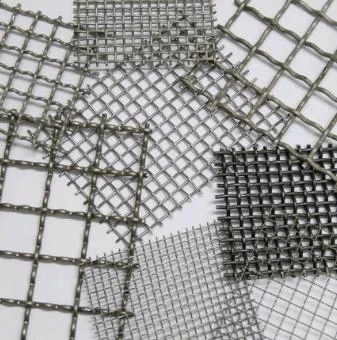 Wire mesh is durableWire mesh represents a cornerstone of modern industrial and agricultural solutions, offering unmatched versatility across countless applications.Read more >
Wire mesh is durableWire mesh represents a cornerstone of modern industrial and agricultural solutions, offering unmatched versatility across countless applications.Read more >Jul 11 2025
-
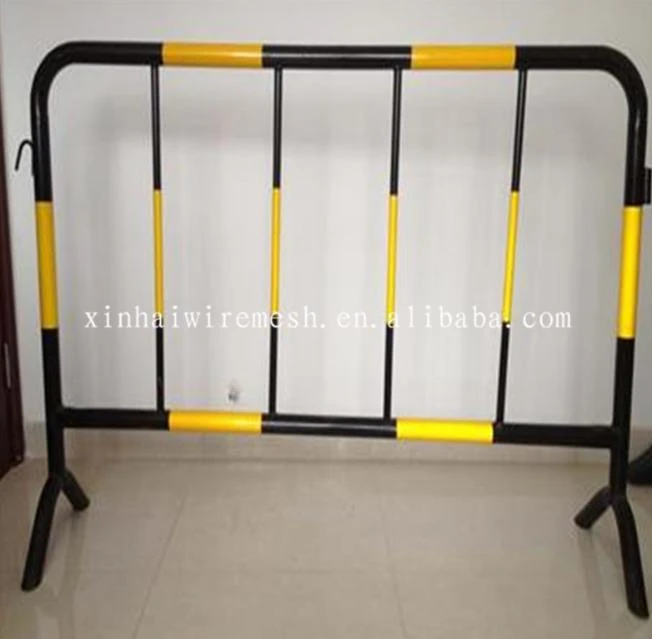 Safety barrier directs traffic flowIn high-risk environments, safety barrier systems stand as non-negotiable guardians against catastrophic incidents.Read more >
Safety barrier directs traffic flowIn high-risk environments, safety barrier systems stand as non-negotiable guardians against catastrophic incidents.Read more >Jul 11 2025
-
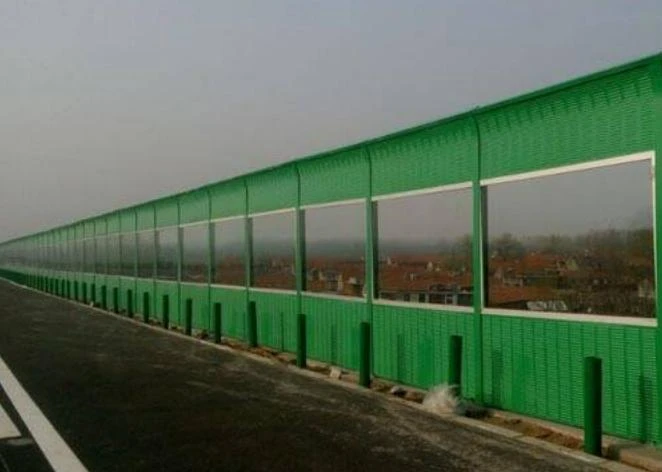 Modular Noise Barrier Eases InstallationUrbanization intensifies noise pollution, making noise barrier systems essential for preserving human health and tranquility.Read more >
Modular Noise Barrier Eases InstallationUrbanization intensifies noise pollution, making noise barrier systems essential for preserving human health and tranquility.Read more >Jul 11 2025
-
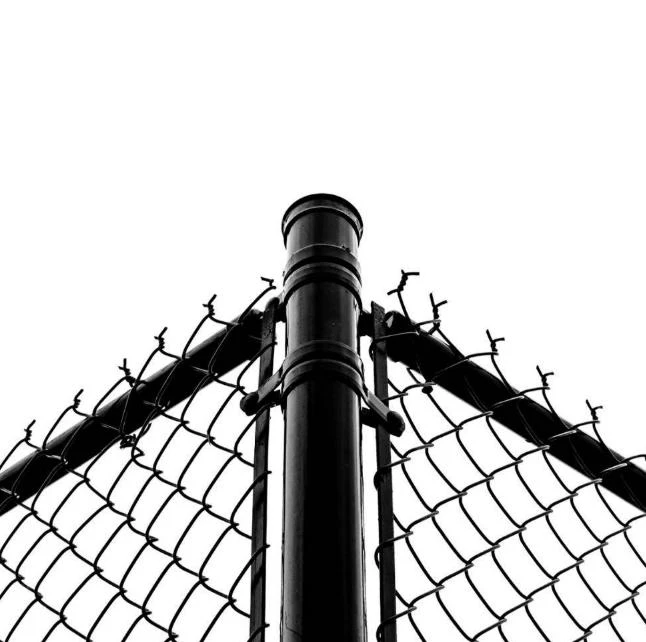 Metal fence types enhance securityMetal fence types form the backbone of modern perimeter security solutions worldwide.Read more >
Metal fence types enhance securityMetal fence types form the backbone of modern perimeter security solutions worldwide.Read more >Jul 11 2025
-
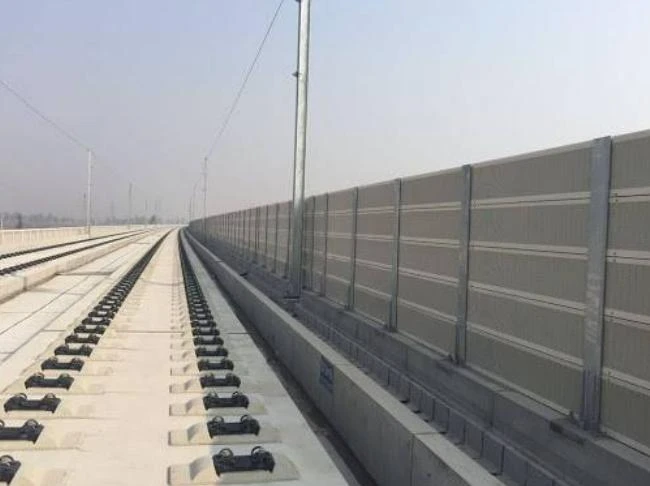 Crowd Control Barrier Manages Foot TrafficThe management of public gatherings demands precision, safety, and reliability, making crowd control barrier systems indispensable tools for organizers worldwide.Read more >
Crowd Control Barrier Manages Foot TrafficThe management of public gatherings demands precision, safety, and reliability, making crowd control barrier systems indispensable tools for organizers worldwide.Read more >Jul 11 2025
